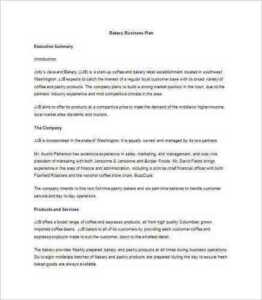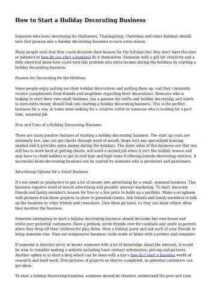Brave and active attitude to face the current global financial and economic crisis
During the deep financial crisis that we are currently experiencing, your business must deviate from the usual marketing mix and make various adjustments. Your competitors are most likely to lower their prices because customers have less purchasing power due to job losses.
Your company will either have to lower its prices or add some additional values to the current price: such as free delivery, certain guarantees, etc. Typically, you need to lower prices or add items that are simpler and lower priced, even if these items will somehow cannibalize your higher priced items.
It is better for you to cannibalize your own higher priced products than to let your competitors do it first.
Take McDonald’s for example, which has been consistently adding items that customers find more affordable than the standard hamburger. In the US, they have added a taco with a meat filling that is about half the price of a hamburger and almost as filling as it is. Overseas, McDonald’s has added soups as a lower-priced offering to satisfy the appetite.
Now look at the example of Starbucks, which has not yet shown signs of lowering the prices of its basic or exotic coffees.
An economic catastrophe creates dangers but also opportunities
Unfortunately, most companies respond to global turbulence and crisis drastically cutting your costs, sometimes indiscriminately, causing damage in the process to the reputation of quality or service that they have created. If costs are to be cut, the company must first cut the fat (which every business has in normal times), and then decide which market segments, geographic areas, products and services have never represented much or have no promising prospects either. These are the ones that can cut.
But it is not enough if all the company does is reduce its costs. A recession produces not only problems but also new opportunities. The president of Ryan Air knows this and says the recession is the best time to grow. Competitors are weaker, some new management talent can be recruited, and some clients are more available to the aggressive competitor.
Those companies that take stock of the opportunities created by global turbulence are in the best position to improve their long-term performance. It is well known that the Chinese use the same written character in the sense of Crisis and Opportunity.
We cannot say that the radical innovation is the only way forward. First of all, companies facing difficult times do not usually have radical innovations in their line of development. Even if they wanted to conceive one, it would take them years to put it into practice. Even if it were radical, it would only work better if it were a disruptive innovation, which takes a good percentage of the business from the current leader.
My conclusion is that most companies will find other ways to end their downfall without introducing radical innovation.
Make sure your marketing battle plans anticipate widespread price wars
The global marketing battle, it will certainly escalate in 2009, and the most obvious result will be price wars. If companies within an industry were sensible, they would all stick to the price line, except to recognize differences in quality and brand strength. However, it only takes one aggressive competitor to lower the price enough to drive customers into your arena, almost forcing your competitors to cut their prices.
The basic problem is the excess capacity of the industry and the overproduction, especially in the face of the demand in free fall. This suggests that some companies may go out of business if we go into any kind of long-term adjustment from supply to demand.
The automotive industry is a good example. Even before the global financial crisis, General Motors, Ford, and Chrysler were practically giving away their product with zero-rate financing plans, deep markdowns, and so on. In normal times this is evidence of long-term overcapacity in the industry. Therefore, it is not surprising that in Crisis times, automakers will have fragile financial conditions and they need a federal bailout or loan to avoid bankruptcy.
The message is that there are two critical long-term success factors in any industry: innovation and branding. They are the best defense against customer abandonment.
Work to get your business in tune with best marketing practices
Unfortunately, most companies are still very out of step with the best marketing practices. There are still too many companies that reduce the marketing function to the lowest common denominator. I once asked a CEO why he had a marketing department. he told me: “To help find referrals for sales staff and prepare the brochures that salespeople need when visiting a prospect“.
This is fine, but it is not enough. Marketing is much more than that. At least add the idea that marketing should be responsible for preparing a marketing plan. And that the Marketing Plan must show an insightful segmentation of the market. And that the company should not run after the entire market, but only the segments to which it can outbid and win. But even this is not enough. Marketing must turn the product into an incredible brand. You must develop a communication strategy that generates confidence in the performance of the brand and an emotional charge.
But this is not enough. Marketing should also be responsible for finding new opportunities and prospects for new customers. Marketing must look to the future in the next three years and wondering what the world will be like and what customers will need and want. Furthermore, marketers should review the company’s product line and advise on which products can be removed and which products represent the best opportunity for future growth and profit so that company resources are reassigned to products with better opportunities.
Marketing folks continue to underuse new media, particularly so-called social media, blogs, and podcasts. They are also underusing public relations and events, while there is overspending on television advertising. They are not yet responding to global warming and energy efficiency as areas of opportunity for new products, as well as the branding opportunities that this brings.
The bottom line is that group marketing, if used correctly, can make critical contributions to the success of the business. Hence my conclusion is that most companies are out of sync with marketing best practices.
This article has a second part.
Other topics of interest:

























